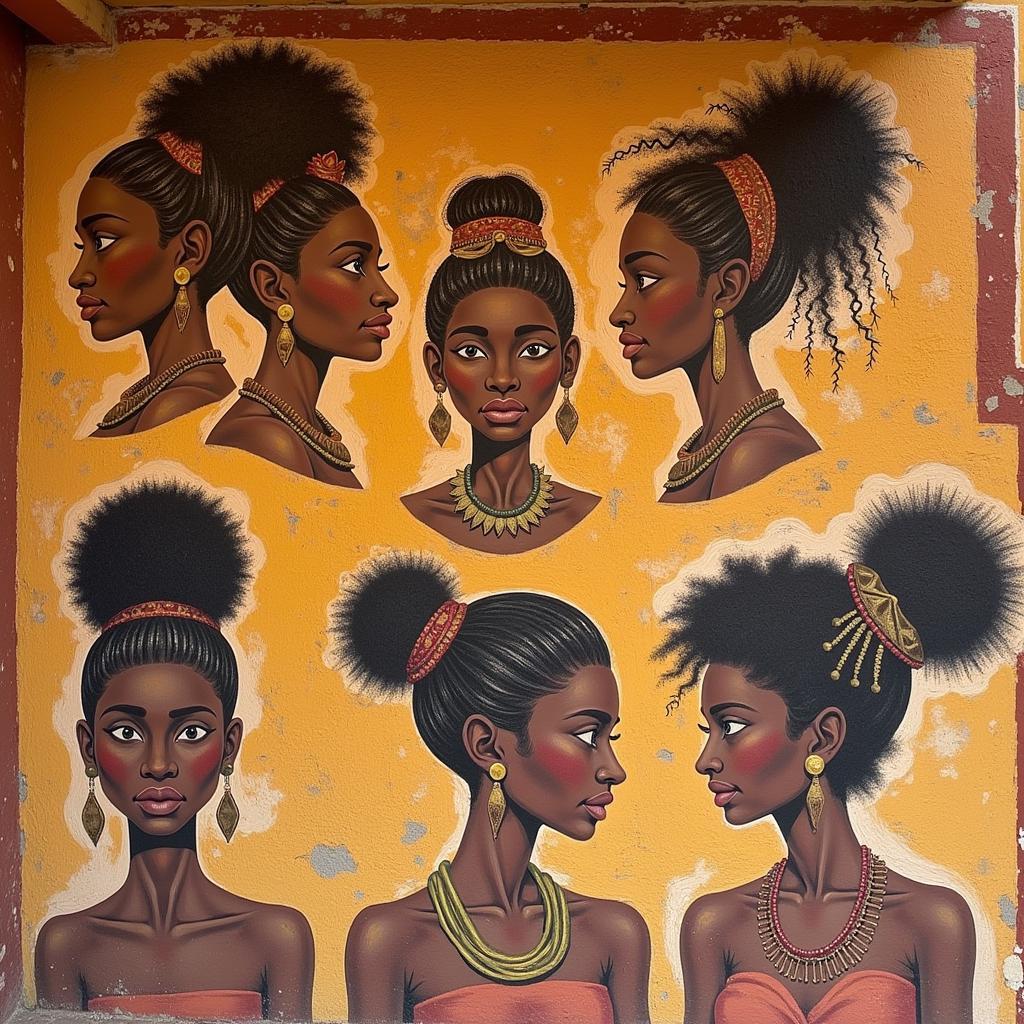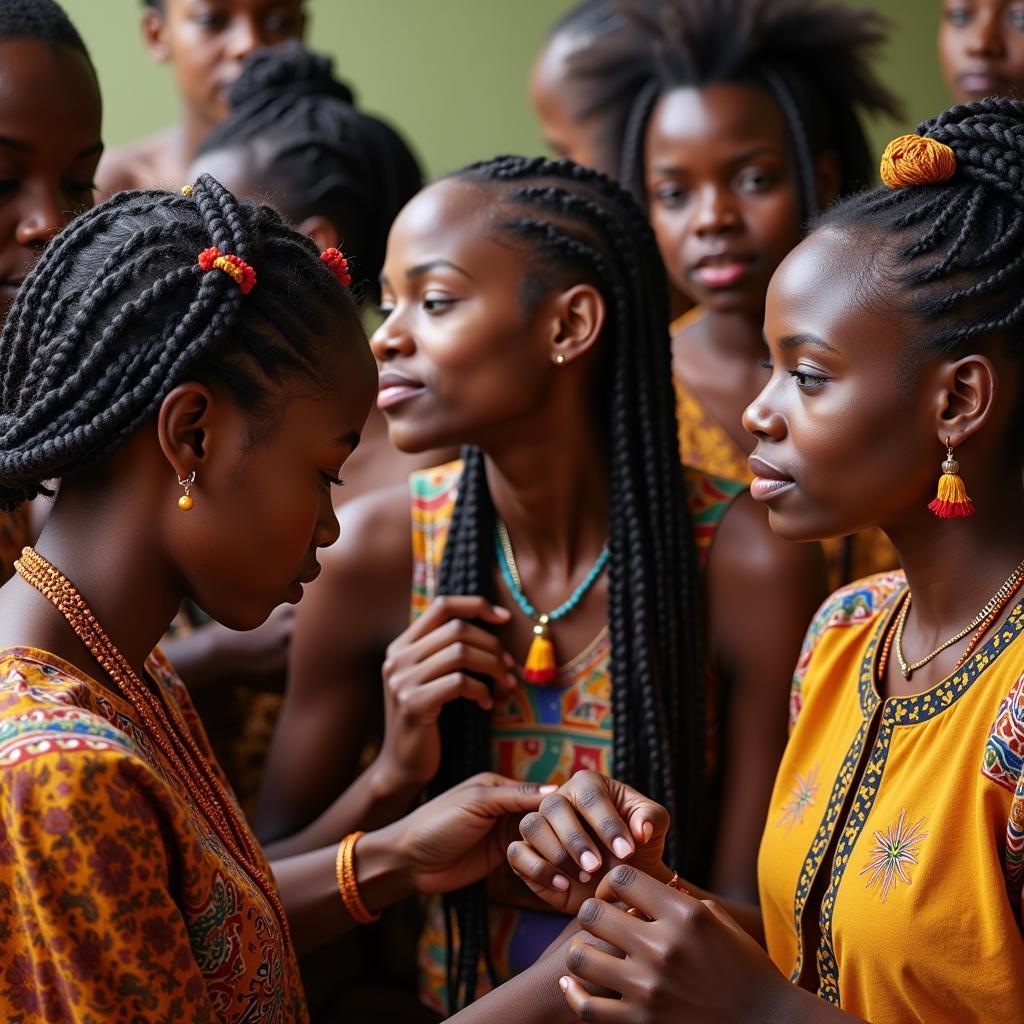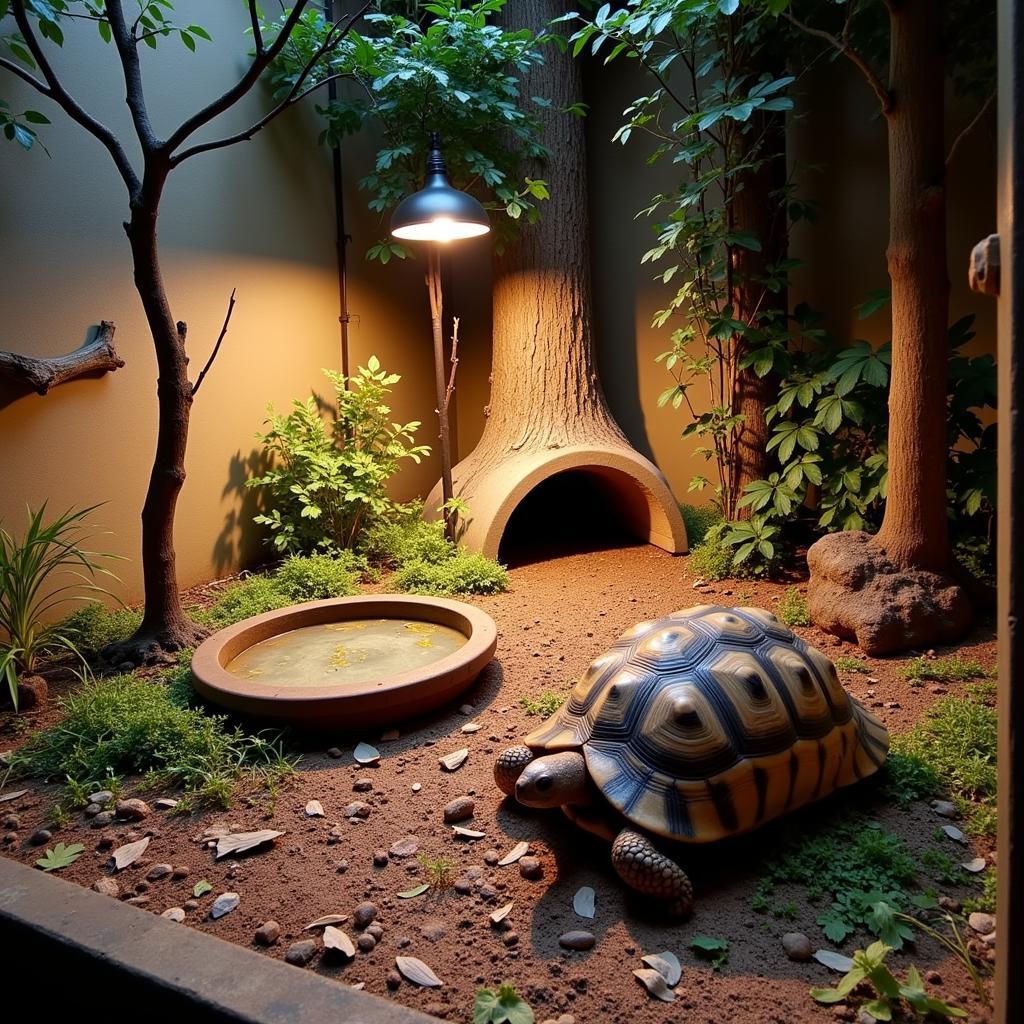Exploring the Rich World of African Hair Pieces
African Hair Pieces, a vibrant tapestry of culture and style, are more than just hair accessories. They’re a celebration of heritage, a statement of identity, and a form of art that has adorned heads for centuries across the African continent. From the intricate braids of the Himba people to the majestic head wraps of the Yoruba, African hair pieces reflect the diversity and creativity of the continent’s numerous ethnic groups.
A Journey Through Time: The History of African Hair Pieces
 Ancient African Hairstyles Depicted in Rock Paintings
Ancient African Hairstyles Depicted in Rock Paintings
For centuries, hair braiding and adornment have held profound cultural and social significance in Africa. Archaeological evidence, including ancient Egyptian hieroglyphs and rock paintings, reveals the existence of elaborate hairstyles and the use of hair pieces as far back as 3500 BC. These ancient depictions showcase a diverse range of styles, reflecting social status, marital status, and tribal affiliations.
More Than Just Adornments: The Cultural Significance
 African Women Braiding Hair in a Village Setting
African Women Braiding Hair in a Village Setting
In many African cultures, hair is considered a sacred crown, believed to be a person’s connection to the divine. It’s a powerful symbol of identity, community, and heritage. Hair braiding itself is a social art, passed down through generations of women. The process fosters a sense of community and strengthens bonds between women as they share stories, laughter, and wisdom while creating intricate hairstyles.
A Tapestry of Styles: Popular Types of African Hair Pieces
From the grasslands of the Maasai Mara to the bustling cities of Lagos and Johannesburg, the sheer variety of African hair pieces is astounding. Here are just a few examples:
- Braids: Perhaps the most iconic African hairstyle, braids come in countless forms, each with its own unique name and meaning. From cornrows to box braids, micro braids to Senegalese twists, the possibilities are endless.
- Twists: Like braids, twists involve intertwining strands of hair but create a different texture and aesthetic. Popular twist styles include two-strand twists, flat twists, and Havana twists.
- Locs: Known for their spiritual and cultural significance, locs are rope-like strands of hair formed by allowing the hair to naturally coil and lock together.
- Weaves: A popular protective style, weaves involve braiding the natural hair and sewing in extensions, allowing for versatility in length, texture, and color.
- Wigs: Offering a quick and easy way to transform one’s look, wigs are available in a myriad of styles, allowing women to embrace different personas and express their individuality.
Embracing Heritage: The Modern Renaissance of African Hair Pieces
Today, African hair pieces are experiencing a global resurgence in popularity. From celebrities on the red carpet to fashion runways around the world, African hairstyles are celebrated for their beauty, versatility, and cultural significance. This modern renaissance is a testament to the enduring legacy and global appeal of African beauty traditions.
Finding Your Crown: Choosing the Right African Hair Piece
With so many stunning options, selecting the right African hair piece can feel overwhelming. Consider your hair type, lifestyle, and desired look. Consult with a skilled stylist specializing in African hair to find the perfect style that reflects your personality and complements your features.
Conclusion
African hair pieces are much more than just accessories; they are intricate expressions of identity, culture, and heritage. Whether you’re drawn to the intricate braids, bold twists, or majestic headwraps, embracing African hair pieces is a beautiful way to celebrate the diversity and creativity of African culture.


